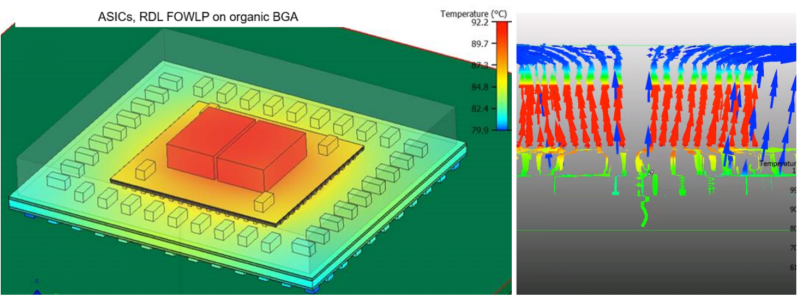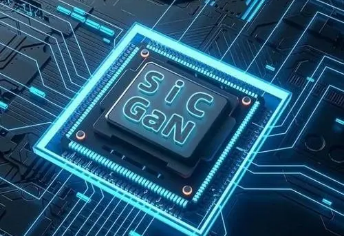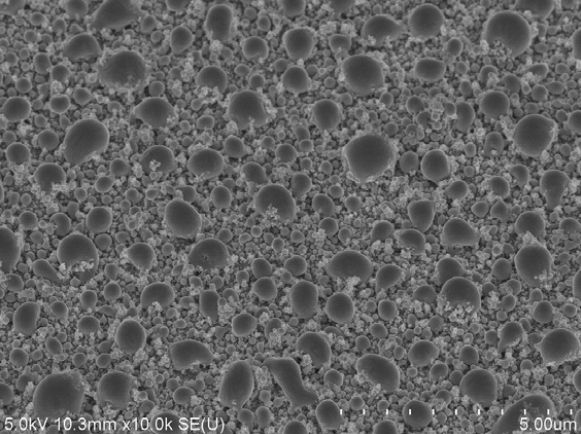Special ceramics: Press molding - binder
The molding methods of refractory products include dry pressing, grouting, extrusion, cold isostatic pressing, injection, casting, hot pressing and hot isostatic pressing. In recent years, at home and abroad have developed a filter molding, direct solidification injection molding, gel injection molding, centrifugal injection molding and solid free molding technology. Different product shapes, sizes, complex shapes and precision products require different molding methods. Organic binders are often used in dry pressing and isostatic pressing.
Dry pressing process generally includes the following processes:
(1) Powder
The mixed powder is filled into the mold frame. In order to ensure the specification and quality of the billet, the powder should be uniform and quantitative. (Powder can also be mixed with soluble organic matter and water to make feed)
(2) Pressure molding
The relative motion between the dies is used to exert pressure on the loose powder, so that the powder is pressed into a compact body. This is the key process in pressing molding, the need to control the size of the pressure, pressing time and pressing methods and other factors, any change in conditions may lead to changes in the quality of the body.
(3) Demoulding
The molded bad body is removed from the mold cavity. The forming body can be pushed out by fixing the mold cavity and rising the lower mold. The mold can also be removed by fixing the lower mold and descending the mold cavity.
(4) Out of blank
Move the ejecting molding failure onto the bleeder table or conveyor belt. There are manual operations, but also use a special push device or vacuum suction robot to complete.
(5) Clean the mold
If necessary, the inner wall of the mold cavity should be lubricated with oil injection.
In the pressing process, the particle mixture with a rough surface is pressed real time, the powder particles and the organic binder are evenly mixed with each other, the protruding part of some particles is embedded in the depressed part of other particles, and with the increase of pressure, the biting force is formed between the particles, with a certain mechanical strength, to achieve the effect of cementing the particles together. The added binder forms a thin film between the surface of the particles, which further cements the particles and makes the pressed body have a certain strength.
Phenolic resin:
Originally colorless or yellow brown transparent matter, the market is often added colorant and red, yellow, black, green, brown, blue and other colors, there are particles, powder. Resistance to weak acid and weak alkali, decomposition occurs in strong acid, corrosion occurs in strong alkali. Insoluble in water, soluble in acetone, alcohol and other organic solvents. Obtained by polycondensation of phenolaldehyde or its derivatives. Phenolic resins are compatible with a wide variety of organic and inorganic fillers. The right design of phenolic resin, especially fast wetting.
Epoxy resin:
All polymer compounds containing epoxy groups in the molecular structure are collectively referred to as epoxy resins. The most prominent feature of epoxy resin is its strong bonding ability, which has excellent bonding strength on the surface of metal and non-metallic materials, and is the main component of the familiar universal adhesive. In addition, epoxy resin is also resistant to chemicals, heat resistance, good electrical insulation performance, small shrinkage rate, small deformation shrinkage rate, good dimensional stability of products, high hardness, good flexibility, stable to alkali and most solvents, and has better mechanical properties than phenolic resin, so it is widely used for laminating materials, adhesives and other purposes. The disadvantages of epoxy resin are poor weather resistance, low impact strength and brittle texture.

Polyvinyl alcohol (PVA) :
White flake, flocculent or powdered solid, melting point at 230-240℃, by polyvinyl acetate alcoholysis, as an organic binder, its market is wide, simple and convenient application, film performance and adhesion are strong, so commonly used polyvinyl alcohol as non-toxic and pollution-free green binder. However, the structure of its polyhydroxyl group determines that its hydrophilicity is too strong, which has a great influence on the hygroscopic property of the prepared body.
Polyvinyl butyral (PVB) :
It has excellent flexibility and flexibility. It is a partial condensation product prepared by polyvinyl alcohol and n-butyraldehyde under the condition of acid catalysis, containing three functional groups, namely alcohol hydroxyl group, butyl aldehyde group and acetate group, compared with PVA, due to the reduction of hydroxyl content, so the hydrophilicity is reduced.
Methyl cellulose (MC) :
White or white fibrous or granular powder, with excellent wettability, dispersion, adhesion, film formation.
Carboxymethyl cellulose (CMC) :
It is an anionic cellulose ether, with the appearance of white or slightly yellow flocculent fiber powder or white powder, which can be used as a blank adhesive and plasticizer in the ceramic industry.
Hydroxypropyl methyl cellulose (HPMC) :
Also known as hydroxypropyl methyl cellulose, cellulose hydroxypropyl methyl ether, white or white powder, HPMC has the characteristics of thickening ability, salt expulsion, PH stability, water retention, dimensional stability, excellent film formation and a wide range of enzyme resistance, dispersion and adhesion.
Polyoxide ethylene (PEO) :
Also known as polyethylene oxide, it is a crystalline, thermoplastic water-soluble polymer. The molecular weight of its industrial products can vary over a wide range. PEO has extensibility, and when the temperature is higher than the melting point of the resin, the high molecular weight PEO becomes a thermoplastic substance.
Polypropylene (PP) :
A milky white, highly crystalline polymer, a thermoplastic resin produced by polymerization of propylene. According to the position of methyl group, it can be divided into isotactic polypropylene, atactic polypropylene and syntactic polypropylene. The impact strength of PP increases with the increase of ethylene content. The Vicat softening temperature of PP was 150℃. Due to the high crystallinity, the surface stiffness and scratch resistance of this material are good. There is no environmental stress cracking problem in PP.
Polyethylene (PE) :
It is a thermoplastic resin prepared by polymerization of ethylene. Polyethylene is a typical thermoplastic, is odorless, tasteless, non-toxic flammable white powder. At the molding processing temperature, it will also decrease its melt tolerance due to oxidation, discoloration and streaking.
Dextrin:
The main use as an adhesive, in the pressing of the adhesive, the need for rapid drying, rapid dispersion, rapid bonding and re-wetting soluble, can choose white dextrin or low viscosity yellow dextrin products, in ceramic and pharmaceutical dry tablets are mainly used as thickening agent and stabilizer and tablet or powder excipients and fillers to apply. Used to make grinding wheels, industrial ceramics and other aspects. It has the characteristics of good adhesion, high temperature drying without deformation, etc. The product is used in casting, has good bonding performance, is a kind of adhesive material often used with oil binders, in order to improve the wet strength of the sand core, avoid the sand core deformation and other advantages.
In addition, there are natural rubber, styrene butadiene rubber, cationic starch, artificial latex, etc. In the process of pressing and molding refractory products, the organic binder ensures the room temperature strength of the products into billets to a certain extent. However, in the later sintering process, with the increase of temperature, different reaction effects occur between each material and binder. But in the end, it still volatilizes in the form of gas under high temperature conditions, leaving a certain residual porosity, and affects the performance of the product to a certain extent.
Fountyl Technologies PTE Ltd, is focusing on semiconductor manufacturing industry, main products include: Pin chuck, porous ceramic chuck, ceramic end effector, ceramic square beam, ceramic spindle, welcome to contact and negotiation!












